#SieboldHuis
Explore tagged Tumblr posts
Text

Sieboldhuis | Kimono. Spiegel van moderniteit
19 July - 8 December 2024, Leiden
0 notes
Text
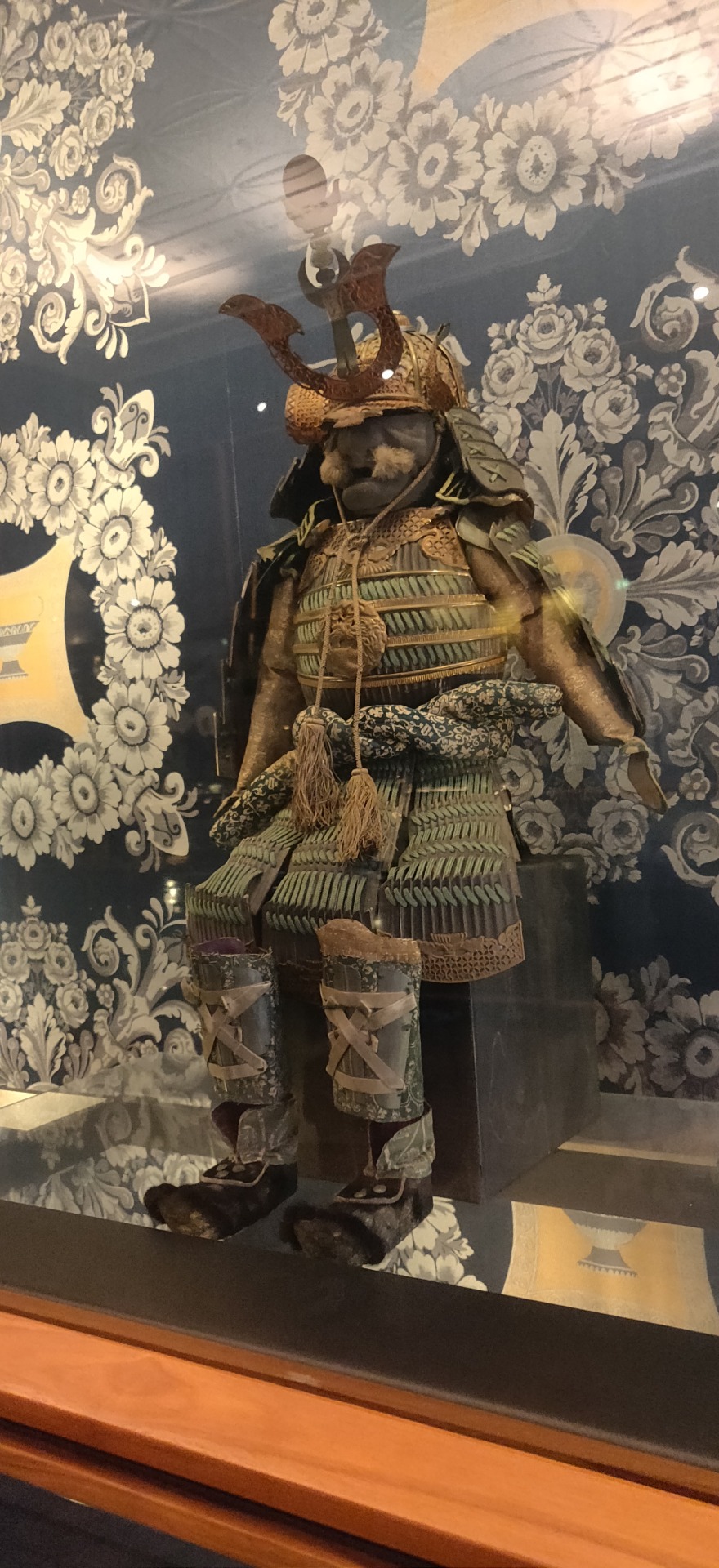

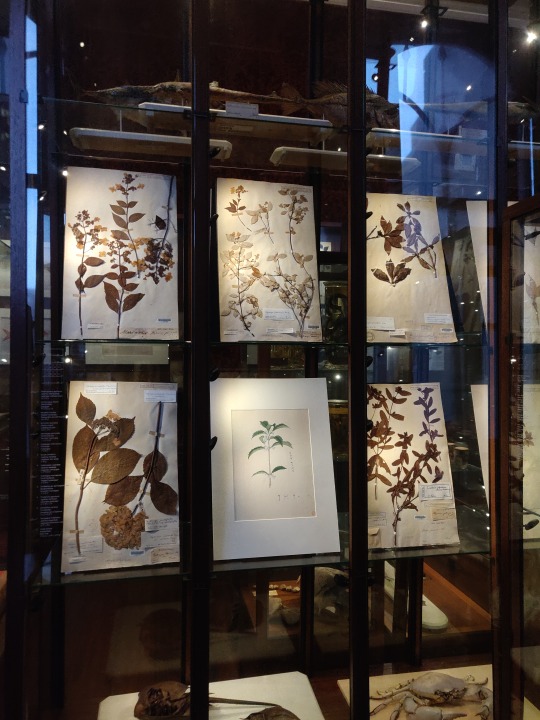
Japanmuseum SieboldHuis
(Japan Museum Siebold House) ‘’Japan and The Netherlands are closer than you think’’
Location: Leiden, South-Holland, The Netherlands Price: 10,- / students 6,- Duration: 1,5 - 3 hours Transport: about 10-minute walk from Leiden station Language: Dutch, Japanese, English, German Activities: Audio tour, Japanese history Date of visit: 26 April 2023Website
Only Holland is allowed Japan was a closed-off island, not interested in trading with the rest of the world, except for China. When the Dutch were busy sailing all over the world looking for more trade, they stumbled upon Japan in 1598 and became the first country outside of China that Japan traded with. So in 1641, they build a small island called Deshima (出島) where the Dutch traders and scholars could stay. Deshima grew into a big city now known as Nagasaki, the small location that was Deshima is now a museum where the village still looks the same as it did all those years ago.
The Spaniards and Portuguese already tried to trade with Japan but to no luck, as they got banned from the island, the Dutch VOC remained the only Western country they traded with for almost 200 years. They traded not only objects but also knowledge, therefor Dutch became the scientific language of Japan, and scholars had to learn Dutch. Just like we now use Latin or English. After 1850 Japan started also allowing other countries to trade, but because of this history, Japan and The Netherlands are still very close.
Since Deshima was such a popular spot in Japan, they also decided to build another Dutch village, but modern, called Huis ten Bosch close to Nagasaki.
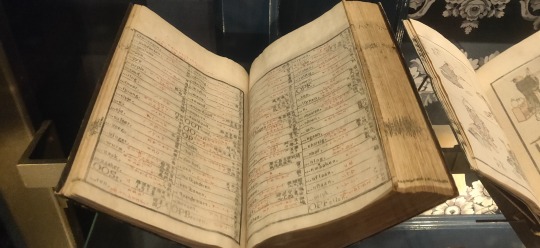
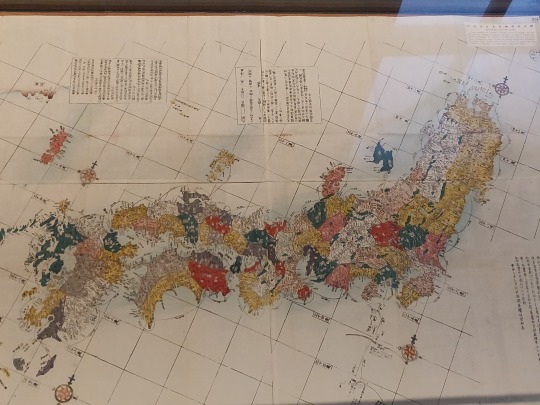
Siebold’s personal collection This museum was Philipp Franz von Siebold’s personal work. Born in Germany into a family of doctors and biologists, he grew up the same and went to good schools in the Netherlands and Germany. He quickly became very recognized for his work and because his dad was already a very good doctor. In 1822, he was asked at the age of only 23 if he wanted to go on a voyage of discovery to Japan. Siebold was a big fan of Japan and the goal of his trip was to learn about the culture, plants, and animals. This sounds like a dream to him, since he's very passionate. You can see this passion in the museum. The thing I love most is that he actually started this museum, when he came back home he put all the most beautiful things in his home and started the Japan Museum. Just like it is today, in the same location, in his house, his objects. Most of the objects were bought, found (in the case of plants) or given. Some given as gifts from Japanese scholars and students, and some gifted as payment for his medical help.
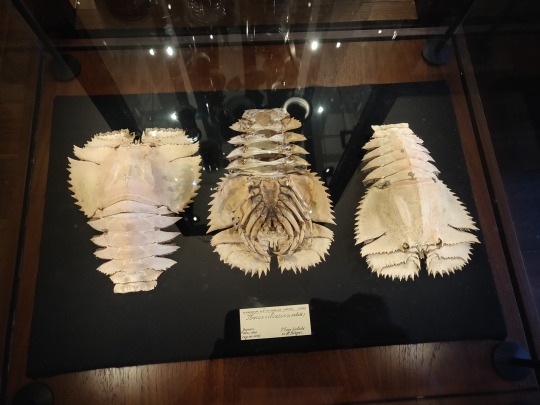

Siebold himself as tour guide The museum itself was very dark to preserve the objects, I thought it looked calming. The tour through the museum starts with a short movie about who Siebold is, because he had a diary they know a lot about him. It is spoken through his character like he is telling you about his trip, and throughout the museum the audio tour is the same voice, Siebold showing you around the things he finds fascinating. It just makes it all a bit more personal this way. The floors upstairs were closed that week since they were building a new exposition, so I could only look around downstairs. I will have to come back later. The museum also has a small garden with Siebolds statue and some plants he took with him from Japan that h planted in his garden. Some objects from Siebold have been put in other museums, like some taxidermied animals have been put in Naturalis and some plants have been planted in the botanical garden, both of these museums also on Leiden.
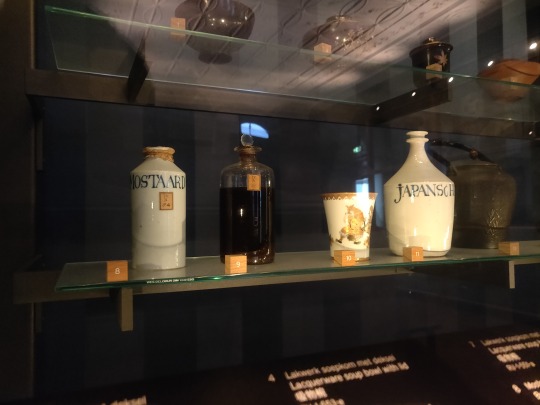


Would I pay the price: yes, I think the price fits the museum perfectly, maybe even cheap but i have only seen the museum partly. Would I revisit it: Definitely, since I missed some. Who do I recommend it to: Japanese tourists, people interested in Japanese history.
Interactive: 2 Educational: 4 Storytelling: 4 Price: 4 Memorable: 4
Total score: 3,6
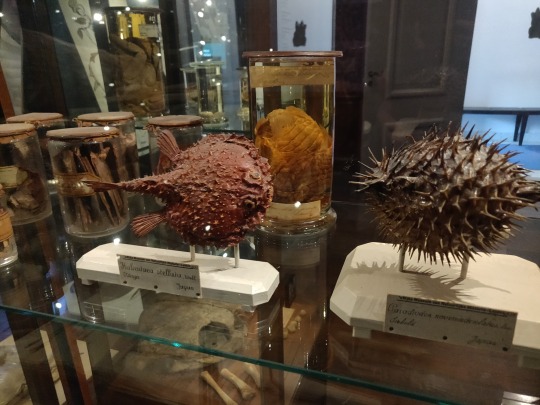
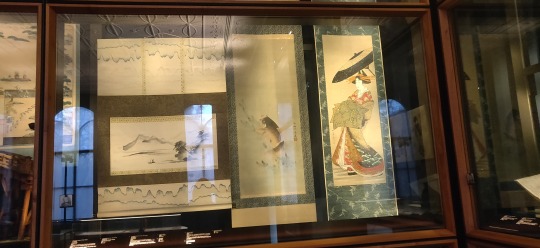

#japan#Deshima#nagasaki#siebold#japanmuseum#museum#muesum review#museanetherlands#review#the netherlands#tourisim#tripadvisor#dutch history#SieboldHuis#Huis ten Bosch
0 notes
Text

Japanmuseum Sieboldhuis, Leiden, The Netherlands
#seiboldhuis#japanmuseum sieboldhuis#leiden#Holland#Philipp Franz von Siebold#the Netherlands#Netherlands#museums
1 note
·
View note
Text

Nakagawa Isaku (Jpn 1899-2000)
Grand Massé (1933)
Woodcut
#nakagawa isaku#woodcut#1933#japanese art#billiards#women in sports#grand massé#sieboldhuis#paulsteenhuis#nrc
493 notes
·
View notes
Photo

Philipp Franz von Siebold looking quite serious on the postcard stand. [Japan Museum Sieboldhuis, Leiden]
2 notes
·
View notes
Photo
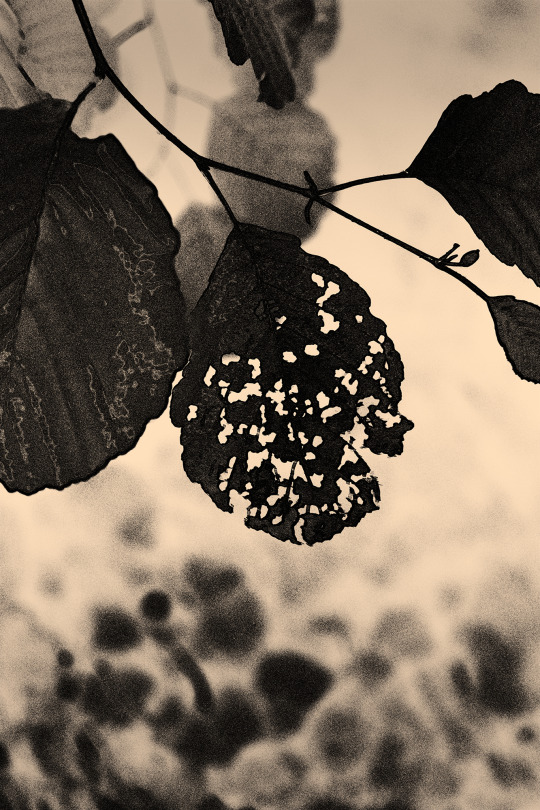

Albarran Cabrera —– Instagram
The Mouth of Krishna
#347 Platinum/Palladium print #348 Platinum/Palladium print
We’d like to thank @ibasho___gallery and @sieboldhuis for thinking on us to be part of the Wabi-Sabi exhibition @sieboldhuis starting on 23 September. Japanese definitions of beauty have been developed over many generations. Japan has focused on the natural world adopting a sensitivity to and appreciation for nature. The Japanese have developed a distinct sense of aesthetics to depict different kinds of beauty, and among them we find the concepts wabi and sabi. After the Heian period, during the Medieval Times and inspired by Buddhism a new set of aesthetic values are developed centered in “the lack/absence of apparent external beauty”, discovering “another new beauty”, more elevated and sober based on simplicity, nature, impermanence, poverty, imperfection, coldness. Wabi means “poverty.” To be poor, that is, not dependent on things worldly and yet to feel inwardly the presence of something of the highest value. Wabi is to be satisfied with a little hut, like the log cabin of Thoreau, to stay content with the contemplation of Nature. Sabi literally means “loneliness.” Sabi consists in rustic imperfection. In poetry Sabi stands for “austere and solitary beauty.” Sabi suggests the passing of time and the patina this passing produces in the worldly things destined to vanish. Wabi sabi represents rustic and desolate beauty that correlates with a dark, bleak beauty that can be easily overlooked; but that it can be found everywhere: such as a small worn-down hut hidden in the forest, the shy first green sprouts fighting their way out in the snow in a high-mountain village. Wabi sabi is linked with a discreet beauty in the colourless, the old, and the fragile. In short, the beauty of a cold, bleak, solitary, wintry landscape that is used as a symbol representing and suggesting the impermanence of men. We could say that new aesthetics places us on the way to an imperfect beauty that leads us directly to the infinite beauty.
#the mouth of krishna#Platinum Palladium Print#albarran cabrera#albarrancabrera#artists on tumblr#photographers on tumblr#acnews#wabisabi
472 notes
·
View notes
Photo

Mount Fuji by Kawabata Ryushi
Japan Museum SieboldHuis, Leiden
40 notes
·
View notes
Photo

(vía Subtle Beauty. Japanese Etchings by Tanaka Ryōhei | Sieboldhuis)
16 notes
·
View notes
Text
Lekker met Nederland! vol.1 (元Dr.コトーの蘭学手記)
Goedemorgen!
皆さん、突然ですが「オランダ」と聞くとまず何を思い浮かべるでしょうか? 風車とチューリップ畑が広がる優雅な田園風景、中世から続く運河と街が一体化した歴史的街並、チーズや牛乳などの酪農、世界一平均身長が高い国、レンブラントやフェルメール、ゴッホといった芸術、もし��は違う視点で考えると合法ドラッグや合法売春(飾り窓)などの寛容性、そして安楽死…今挙げたものは確かに全てオランダを現す「一部」です。 この手記ではオランダでの暮らしを通して日本人、そして医師としての私の「視点」で感じた、或いは学んだ事をリアルな声として皆さんにお届けしていきたいと思います。 オランダの話をする前にまず私の経歴を端的にお話しします。私(山田 拓)は神奈川県出身で沖縄県の琉球大学医学部を卒業後、県内での初期臨床研修及び専攻医研修を得て2017年4月から2019年3月までの2年間を沖縄県八重山諸島中央に位置する小浜島(人口700人程度)の離島の診療所にて「一人医師(Dr.コトー)」として勤務しておりました。その後関東での一時勤務を経て家庭医療専門医を取得、2019年8月よりオランダのライデン大学に在籍しております(私がオランダへ来た理由は後程、詳しくお話し致します)。 オランダの概要ですが、ヨーロッパ北西部に位置する人口約1700万人、九州全土程の面積を有する国です。公用語はオランダ語ですが国民の殆どが英語を理解し、話すことができます。またオランダの国民は総人口の約80%がゲルマン系オランダ人、その他トルコ人、モロッコ人、スリナム人などがそれぞれ総人口の2%近くを占める多民族国家です。歴史的にはライン川を始めとしたヨーロッパの主要河川が合流する地理性から古くよりヨーロッパの貿易・商業の拠点として栄え、17世紀の大航海時代には南アフリカ、スリナム、インドネシアと植民地を広げ当時の世界の覇権の一端を担いました。また日本とは江戸幕府の鎖国政策下において長崎出島を通じて貿易を行い、西洋文明(所謂「蘭学」)を伝えた非常に所縁のある国であります。 私の暮らすライデン(Leiden)は19世紀始めに日本に西洋医学を広めたシーボルト博士が滞在していた街ということもあり、街中にはシーボルト博物館(Japanmuseum SieboldHuis)や日本庭園を有する植物園(Hortus botanicus Leiden)などの名所があります。そんなライデンで現在、私は学部生としてオランダ語とオランダ文化を学んでいます。 私とオランダとの出逢いは私が小浜島の診療所で医師をしていた頃に遡ります。当時離島でのがん患者さんの看取り診療や身体的には健康でも生きることに悩む患者さんとの診療を通して健康とは何か、医師の役割とは何か、そしてより良い死と何か、とこれまでになく強く自問自答するようになりました。今の日本の現状と言えば、総人口に占める高齢化率が28.4%(2019年9月現在)と3人に1人の割合で進む一方で、毎年の自殺者も2万人を超える(特に未成年で増加傾向)という状況です。誰もが「健康」そして「死」を意識する時代となった中で既存の健康観や生死の価値観で果たして我々はずっと幸せに暮らせるのか、新しい視点での健康観や死生観もあってもいいのではないかと考えていた最中、偶々読んだ本や参加した講演会からオランダの安楽死制度(英/蘭:Euthanasia)やポジティヴ ヘルス(英:Positive Health, 蘭: Positie Gezondheid)を知る機会を得ました。また後の手記で詳しく解説しますが、オランダは世界に先駆けて安楽死制度を合法化しました。今ではオランダでは年間6000人以上が「安楽死」を選んで亡くなっています。またPositive Healthはオランダ発の新しい健康観で健康を様々なバロメータから捉え、自分自身で決めていく手法でオランダの家庭医の中で徐々に広まっているコンセプトです。いずれも私にとっては真新しい考えでありかつ、先述した自分の診療上の疑問と非常にリンクしており、オランダの医療について強く興味を抱くようになりました。また、同時にこのようなユニークな制度や価値観が生まれるオランダの国民性とその文化にも関心を持つようになり、離島診療の任期が終わる過渡期に際し、新しい知見を求めるべく満を辞してオランダ行きを決意しました。 次回以降の手記ではそんな決意の下、飛び立ったオランダでの生活、学生としての生活、そして医療・福祉制度などについて私の感じたまま、少しずつお話ししたいと思います。 Tot volgende keer! (また次回にお会いしましょう!)


4 notes
·
View notes
Text
go with me to Sieboldhuis Leiden
Lately, I have been visiting the study city, Leiden, Leiden is quite famous for its University and being near to Amsterdam. Yet it's a bit of a quiet town when you walk on a Wednesday afternoon downtown. Leiden is also known in The Netherlands for the Japanese companies who are located over there. But also activities like the Japan market somewhere each year in May. But not that many people know that the Sieboldhuis Museum is a real thing, where you can find this that Philipp Franz von Siebold collected when he was in Deshima in the time area of 1823 / 1829. Often the Museum has for a limited time different exhibitions from land maps to modern art as in the case of November 2017.

The Sieboldhuis works also together with the University of Leiden and especially with Japan Studies. The next exhibition is "The Masked Warrior" the battle scene of the Samurai" this exhibition is available from the 8tth of December until the 27th of May 2018. The Museum itself is a house on the canal it's not like you're walking in a modern building, no not at all. the museum has a cellar with a café, main ground with the exhibition that's always available to see, and on the higher levels are the limited time exhibitions. The Museum has this calm atmosphere, and of course, it's a unique museum in the Netherlands. When I said I visited the museum before I wrote this is correct, I visited the exhibition Land maps from Japan, here you could even see a Dutch land map writing in Japanese! and many other older maps that are rare or not available to the public anymore as in the fact a lot was borrowed from the University library.

I highly recommend the Sieboldhuis museum to visit prices for tickets are ; adults; 8 euro 65+; 6,50 euro students and CJP card holders (cultural youth passport); 4,50 euro
opening times; from Tuesdays to Sundays from 10:00 A.M. Till 17:00 P.M. every Monday they are closed, the 1st of January, the 3rd of October and the 25th of December.
the address is; Rapenburg 19 23111 GE Leiden the fastest way to get there is with the bus and get out at the stops; Breestraat or Korte Rapenburg. Or go for a stroll downtown it's pretty much straight ahead to the museum. This will take about 15 min max since there are not any traffic lights, do watch out for cars and other traffic the sidewalks are small in the city.
for more information, I recommend visiting their website in the left upper corner you can choose for the languages Dutch, English, and Japanese; http://www.sieboldhuis.org/
#the netherlands#leiden#sieboldhuis#japan#history#museum#art#tourism#Tourism in the Netherlands#student city#culture#asia#dutch#Philipp Franz von Siebold
1 note
·
View note
Photo

Selling the goods at the 10th anniversary of the Japanmarket in Leiden tomorrow with @laurenskauwatjoe, so drop by if you can. Also matial arts demonstrations, cosplay contests, canal boat trips, taiko drums and such 😫 #japanmarkt #rapenburg #leiden #illustration #comics #manga #gicleeprints #screenprints #sieboldhuis (at Japanmuseum SieboldHuis)
0 notes
Text
Rankings
Musea Nederland - personal ranking (out of 5)
Naturalis 4,8
Het Spoorwegmuseum 4,4
Waterliniemuseum 4,4
Japanmuseum SieboldHuis 3,6
Oorlogsmuseum Overloon 3,6
Utrechts Archief 3,2
Kunsthal KAdE 3
Pluimveemuseum 3
Catharijneconvent 3
Stedelijk museum Alkmaar 3
Body Worlds Amsterdam 1,8
Het Mauritshuis 1,8
Vestingsmuseum 1,8
Musea Nederland - Recommendations for tourists
Oorlogsmuseum Overloon - second world war
Naturalis - animals
Waterliniemuseum - Dutch history
Het Mauritshuis - famous art
musea in size
Naturalis
Het spoorwegmuseum
Oorlogsmuseum Overloon
Catharijneconvent
pluimveemuseum
Bodyworlds
Het Mauritshuis
Japanmuseum SieboldHuis
Stedelijk Museum Alkmaar
waterliniemuseum
Vestingsmuseum
kunsthal KAdE
Utrechts Archief
musea in price
2,50 - Utrechts Archief
9,- - pluimveemuseum
10,- - Japanmuseum SieboldHuis
10,50 - waterliniemuseum
12,50 - vestegings museum
13,- - kunsthal KAdE
13,50 - Stedelijk museum Alkmaar
15,- - Catharijneconvent
16,50 - Oorlogsmuseum Overloon
17,- - Naturalis
17,50 - Het Spoorwegmuseum
19,- - Het Mauritshuis
22,50 - Bodyworlds
1 note
·
View note
Photo
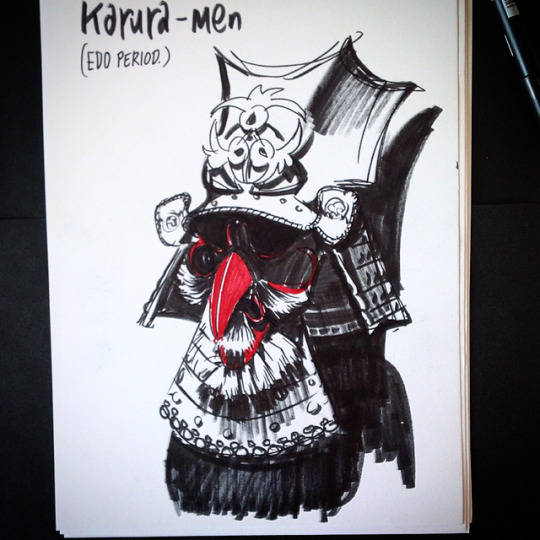
From yesterdays sketch trip with @mennowittebrood @joschavand @patrickschoenmaker @venemart to the Japanmuseum Sieboldhuis in Leiden. 🐲👺👹
4 notes
·
View notes
Video
Kokeshi dolls by Hans Splinter Via Flickr: Yasuhiro Sato aan het werk in Japanmuseum SieboldHuis
Togatta kokeshi dolls made by Yasuhiro Sato. Mr. Sato has developed his own type of Togatta kokeshi called Aizome kokeshi, which are painted with indigo dyes rather than the more traditional red and yellow paints that are typically used when painting Togatta kokeshi.
12 notes
·
View notes
Photo

Siebold house in Leiden. #architecturalanthropology (Japanmuseum SieboldHuis) https://www.instagram.com/p/B0KKSMSAxV8/?igshid=15cist9rdqrh
0 notes
Photo











30 december 2019 I Japanmuseum Siebold, 'De vier jaargetijden'
'Bekijk van 20 september 2019 t/m 19 januari 2020 de schoonheid van ‘De vier seizoenen’ in een twintigtal houtblokprenten in Japanmuseum SieboldHuis. De jaargetijden zijn een terugkerend thema in de Japanse kunst, cultuur, tradities en gebruiken en een geliefd onderwerp in de prentkunst. Deze presentatie met prenten uit de laat 19de en vroeg 20ste eeuw tonen verschillende voorstellingen waarin de Japanse seizoenswisseling en natuurschoon een belangrijke rol spelen.'
(bron: https://www.sieboldhuis.org/tentoonstellingen/de-vier-seizoenen)
https://monumentbonaire.nl/ http://bonaireboek.leveroij.nl / © Wilna Groenenboom


December 31the, 2019 I Japanmuseum Siebold, 'The four Seasons'
'Twenty Japanese prints illustrate the seasonal beauty of Japan. Prints by such famous artists as Kunisada, Yoshitoshi and Koson depict spring, summer, autumn and winter and reveal Japanese tales, legends... Japanese prints illustrate the seasonal beauty of Japan. Prints by such famous artists as Kunisada, Yoshitoshi and Koson depict spring, summer, autumn and winter and reveal Japanese tales, legends and traditions. These prints were gifted to Japan Museum SieboldHuis by Muck and Mieke Douma.'
(source: https://www.sieboldhuis.org/en/exhibitions/de-vier-seizoenen')
https://monumentbonaire.nl/ http://bonaireboek.leveroij.nl / © Wilna Groenenboom
#boekmonumentbonaire#Fotograaf#Fotografie#Photographynl#wilnagroenenboom#Leiden#Japanmuseum Siebold#De vier jaatgetijden#The four seizoenen
0 notes